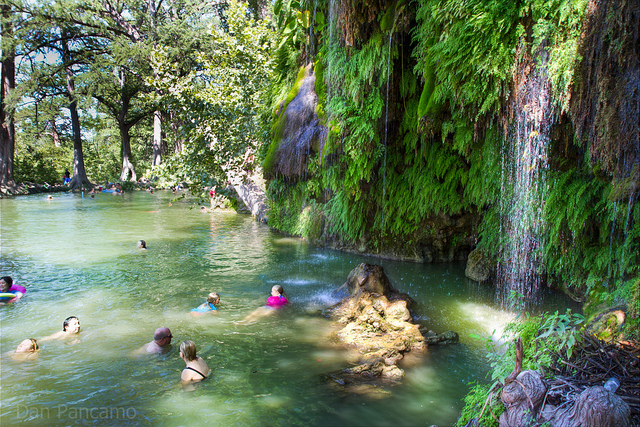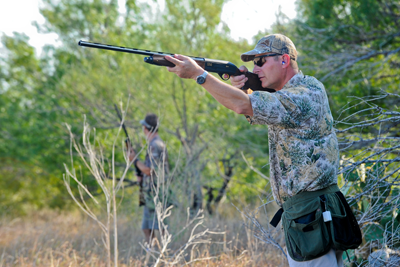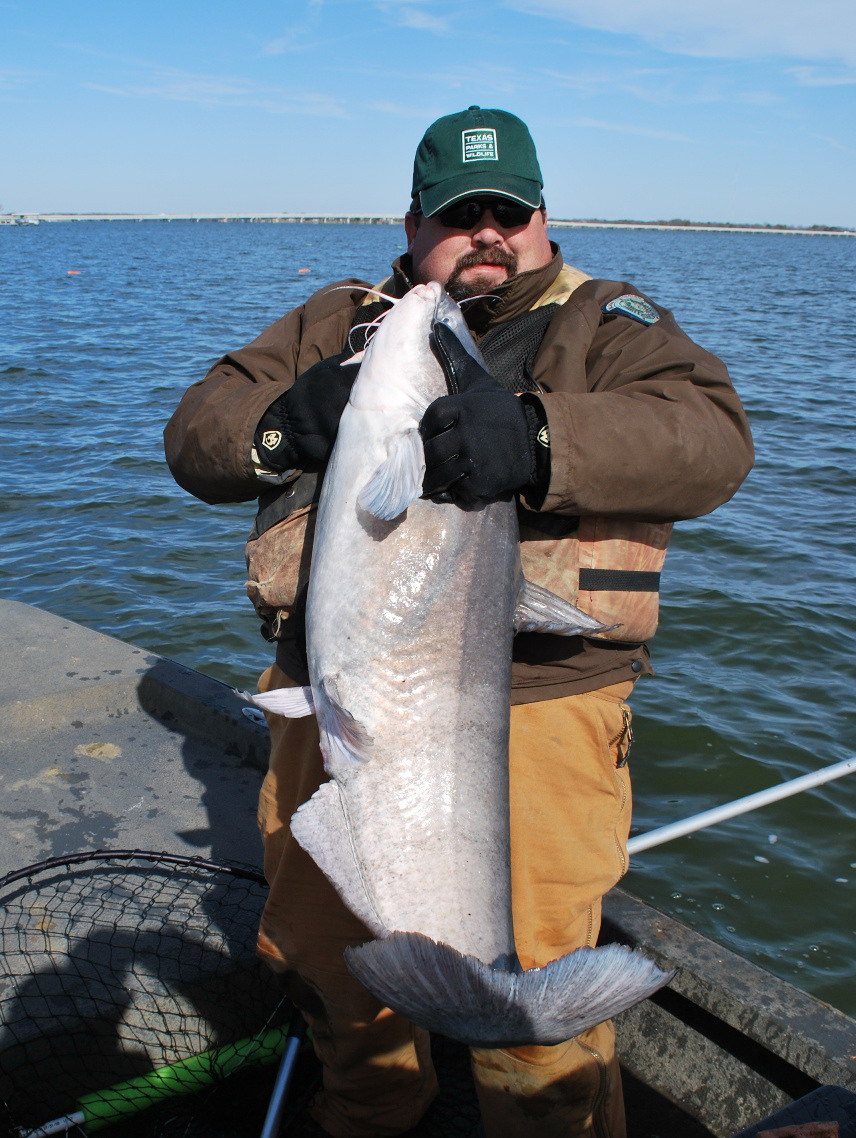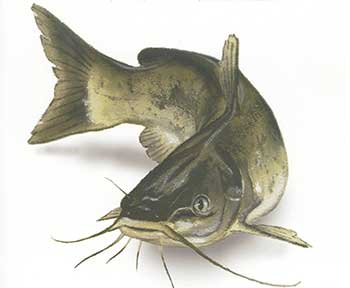TPW TV – A Look Back at Texas Swimming Holes
Tuesday, May 31st, 2016This is Passport to Texas
Over the three decades the Texas Parks and Wildlife TV show’s been airing, the name and its personnel have changed, but one thing remains — it delivers the best of Texas to you. Next month the series revisits a story from 1990 featuring Central Texas Swimming holes, many of which, like Krause Springs near Spicewood, offered more than mere recreation.
Years ago I was baptized here on this place.
Barton Springs—in Austin—one of the largest natural spring-fed swimming holes in Texas, has long been the subject of enjoyment and controversy. In this same segment, the series followed the heated debate concerning how development would affect the springs.
We need stronger protection in our watershed. In our inner city. You must find all the causes of pollution and treat them. You will represent all the city of Austin, and don’t get caught up in the cause celeb of the moment. I think without water, we will not have life. With all due respect, I cannot get away from the feeling that the new ordinance, as proposed is simply a no growth ordinance. It is very simple: if you build over the aquifer, you will pollute our water supply.
Although the segment on Central Texas swimming holes is more than a half century old, the issue is timeless. Catch it the week of June 5th on the Texas Parks and Wildlife TV series on PBS. Check your local listings.
For Texas Parks and Wildlife, I’m Cecilia Nasti.







 Passport to Texas is a
Passport to Texas is a  Passport to Texas is made available by:
Passport to Texas is made available by: